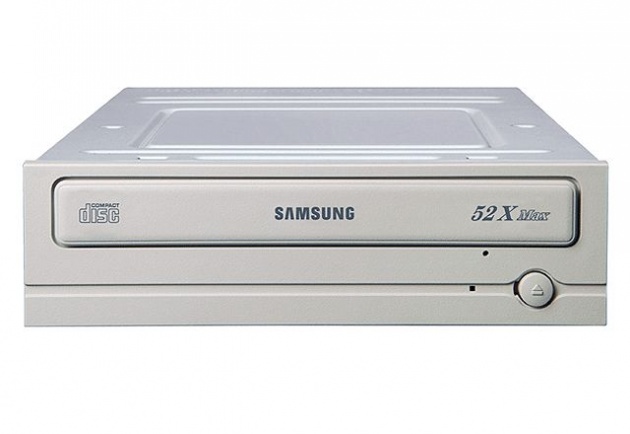A CD-ROM /ˌsiːˌdiːˈrɒm/ is a pre-pressed optical compact disc which contains data. The name is an acronym which stands for "Compact Disc Read-Only Memory". Computers can read CD-ROMs, but cannot write to CD-ROMs which are not writable or erasable.
Until the mid-2000s, CD-ROMs were popularly used to distribute software for computers and video game consoles. Some CDs, called enhanced CDs, hold both computer data and audio with the latter capable of being played on a CD player, while data (such as software or digital video) is only usable on a computer (such as ISO 9660 format PC CD-ROMs).
The Yellow Book is the technical standard that defines the format of CD-ROMs. One of a set of color-bound books that contain the technical specifications for all CD formats, the Yellow Book, created by Sony and Philips in 1988, was the first extension of Compact Disc Digital Audio. It adapted the format to hold any form of data.



